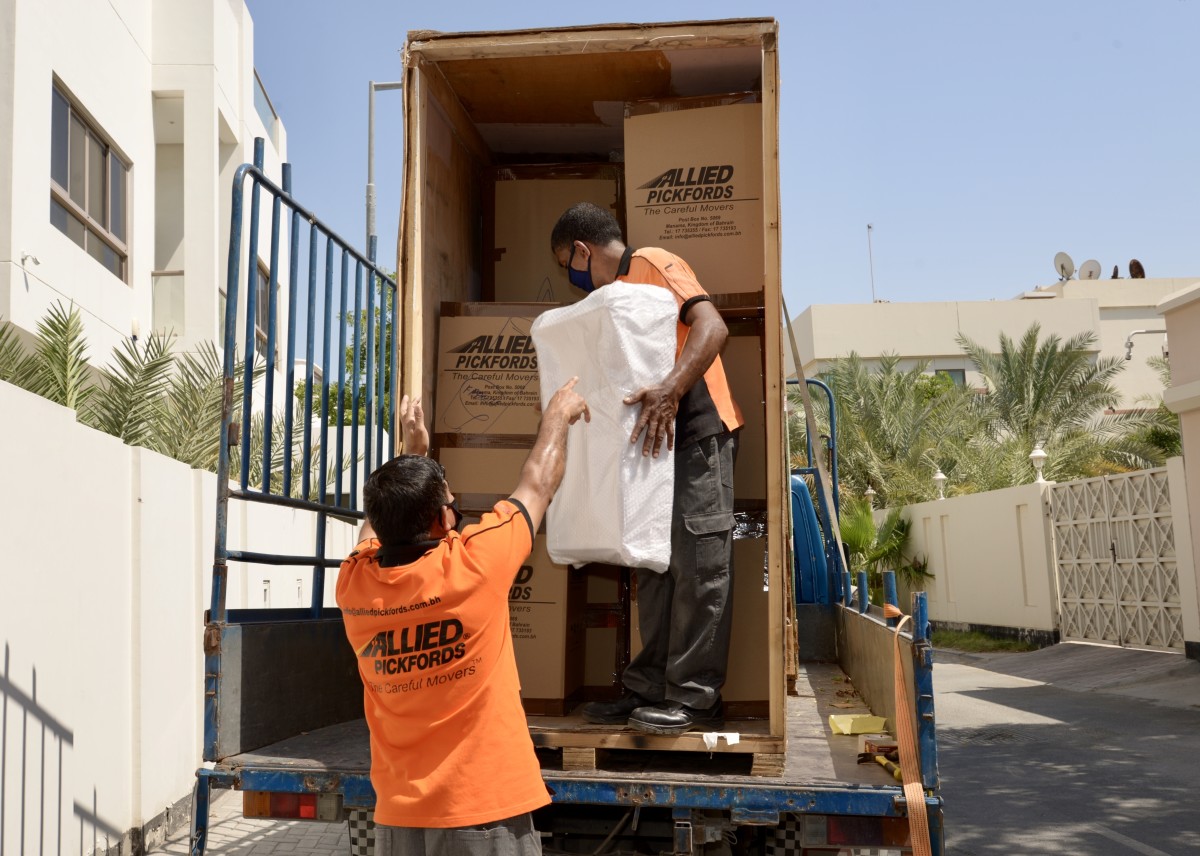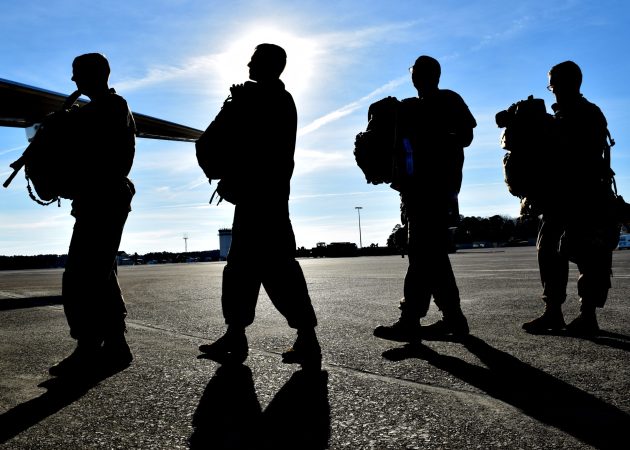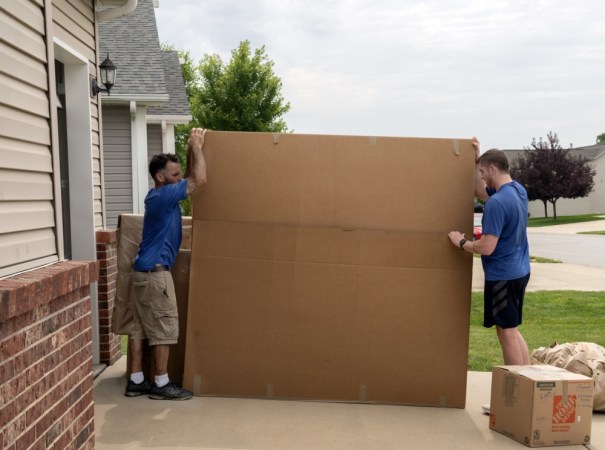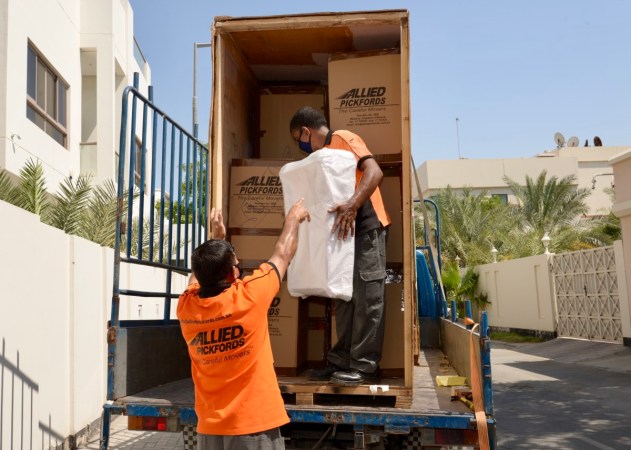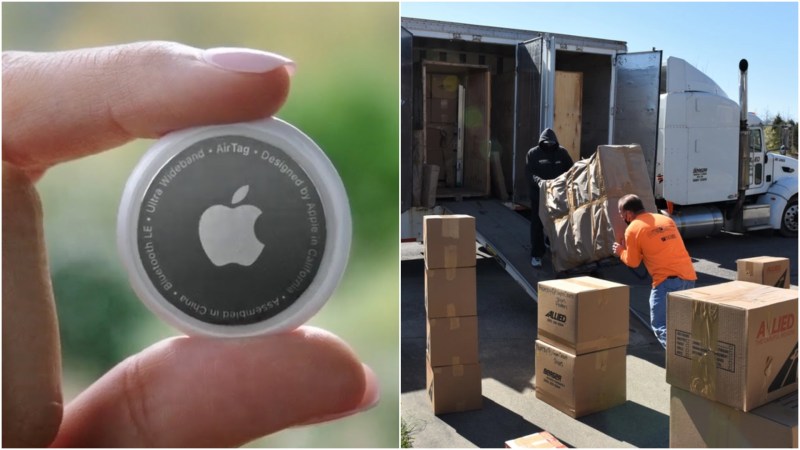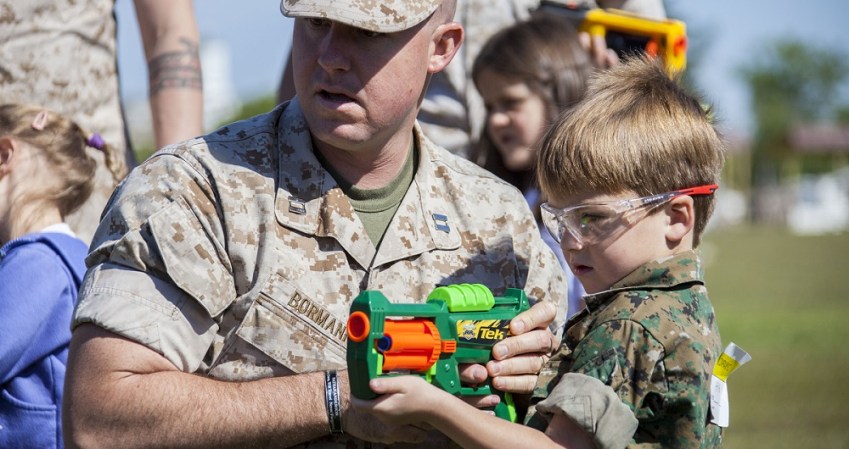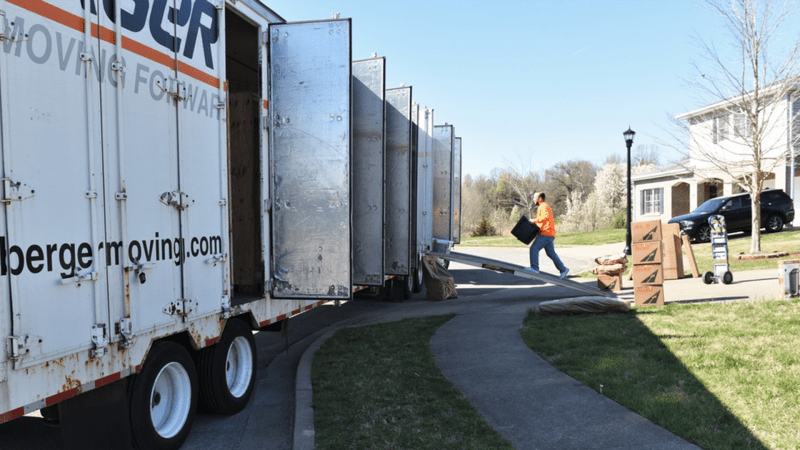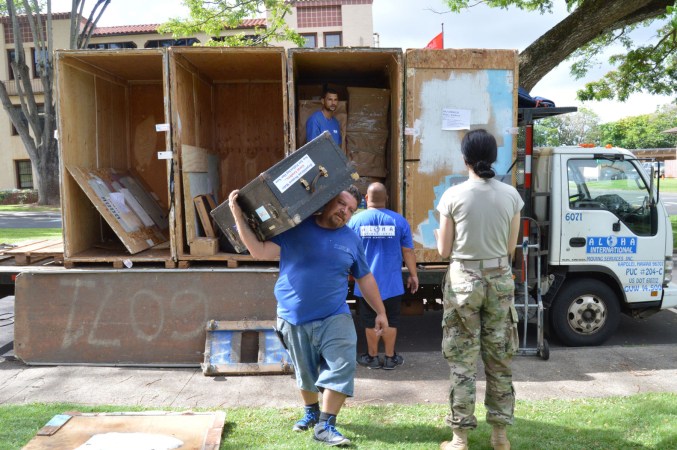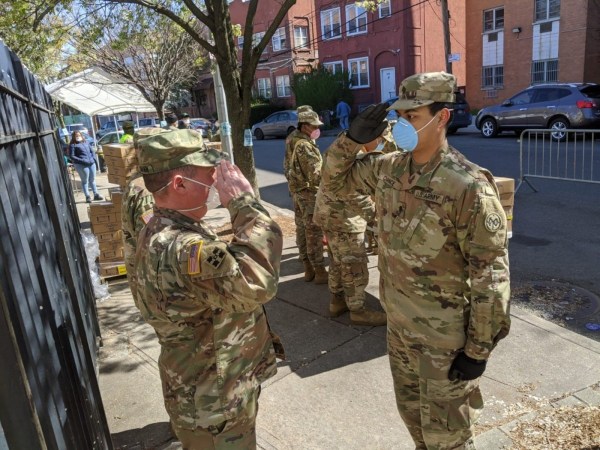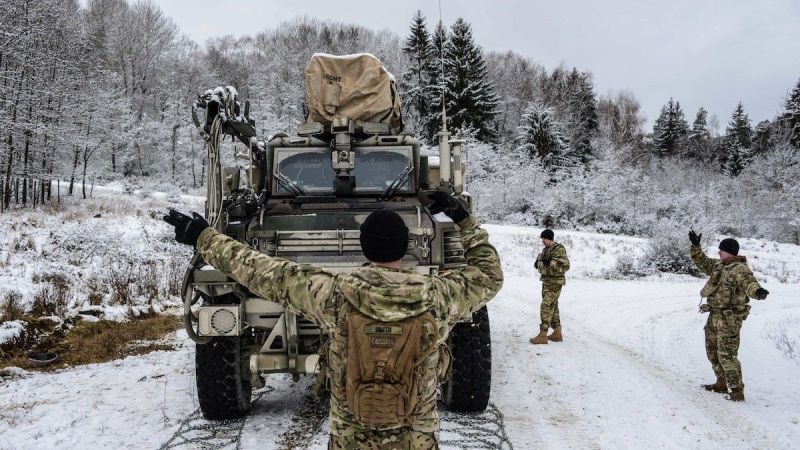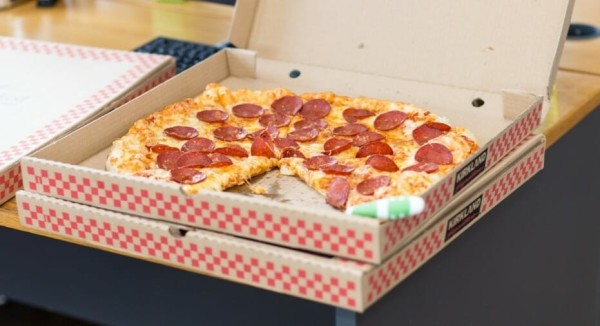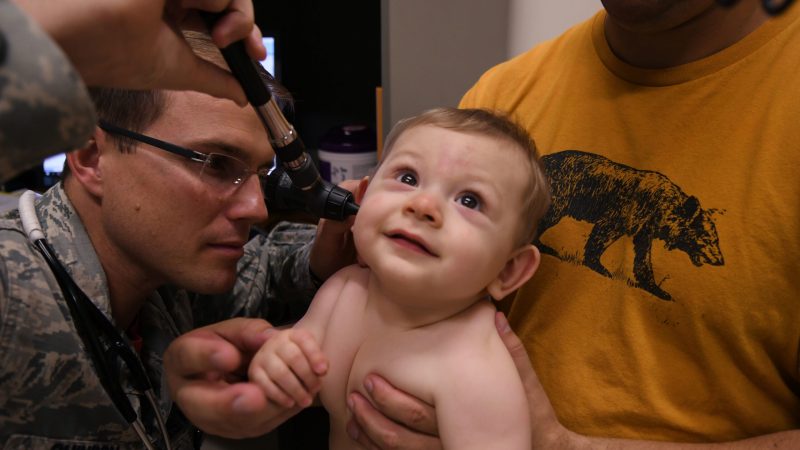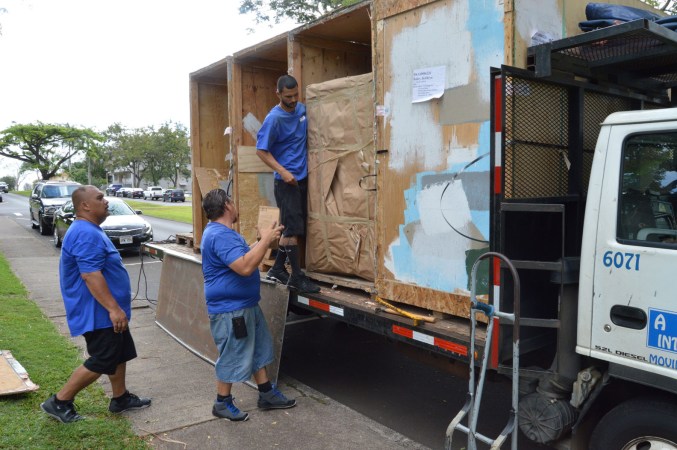When you first get PCS orders for a military move, a thousand questions start running through your mind. You don’t even know how to prepare for a PCS move. You look around and start asking, how are we going to move all this stuff? What about the car? And the pets? And the kids? And then there are all the big questions about your new duty station– what will it be like? Where will we live? Schools? Jobs? Ahhhh! No matter how many times you have moved before, a PCS move is stressful and can feel overwhelming.
You’ve come to the right place. Here at PCSgrades, we know that military moves are difficult because we have all been through the ourselves. We believe that the military community can support its members with helpful information and step-by-step guidance to walk you through the moving process. So whether this is your first PCS move or your 10th, we can help the process go more smoothly.
THIS IS HOW TO PREPARE FOR A PCS MOVE
When you first get orders, there are usually several months before you actually need to move and report to the next duty station. Although there are some tasks you can’t do until the week you actually move, there are many things you can do now to prepare for your move. The more work you put in ahead of time, the more successful your move will be.
DECIDE WHAT TYPE OF MOVE IS BEST FOR YOU:
First things first, there are three ways to complete a PCS move. Option 1 is the traditional move, where you use a military-approved moving company to come to your house, pack up all your things, and they take care of shipping and delivery to your next home. The military covers this cost, so there are few out-of-pocket expenses for you. However, the negatives are that many people report having items lost, damaged, or stolen due to moving company negligence.
Option 2 is called a PPM (Personally Procured Move) and used to be called a DitY (Do it Yourself) move. In this case, you wouldn’t use a moving company. You hire a moving truck, pack and load all of your boxes and furniture, and drive your belongings to your next location. When you do this, the military will pay you 95% of what they would have paid professional movers, so you have a chance to earn a lot of cash. However, the logistics of packing everything yourself and driving a moving van across several states can be very challenging. Additionally, you are responsible for anything you drop or break during the move.
Option 3 is a compromise called a partial DitY. A moving company will be responsible for transporting most of your belongings, either in their truck or in a packing container you load yourself. At the same time, you will transport some belongings yourself, in your own personal vehicle. Many people use this for breakable items, family heirlooms, etc. The military pays to cover the moving company, and they will pay you a small amount for the things you transport, based on their weight in your vehicle.
To see all the pros and cons of a PPM and decide if it is right for you, read our article here.
HOW TO START THE MILITARY MOVE PROCESS:
Once you have determined the type of move you want to do, it’s time to make plans and take action. Prepare for a PCS move by getting your official paperwork in order. Start with the service member’s report date at the new installation, then work backwards to calculate leave dates, travel time, moving day, packing days, etc. Once you have the hard copy of your orders, you can go to your local transportation office (TMO) to file your move request. They will review dates, schedule movers, and discuss which expenses will be reimbursed during your move. Once your move is scheduled and assigned to a moving company, you will be assigned a Move Coordinator who is your one-stop-shop for moving questions or problems. You can learn more about a Move Coordinator here. You can also use the website Move.mil to schedule dates, view paperwork, and learn about the timeline for your move.
WHAT TO DO BEFORE THE MOVERS ARRIVE:
If you are using military movers to pack out your things, some people will tell you that you don’t need to do anything to prepare for them. However, taking the time to prepare and rearrange before their arrival will help your moving day go much smoother and avoid frustrating problems down the road. You do not need to pre-pack any boxes yourself. However, if you prefer to pack your own items like Christmas decorations, kids toys, clothing, etc then simply leave the boxes open and unsealed. They will need to verify the contents (for their insurance inventory) but they will not repack what you have done, and will just tape up your boxes. Many people also prefer to pack their own “First Day Box” with essentials for their arrival at the new house. Include towels, a shower curtain, toilet paper, a few cooking supplies, and cleaning supplies to make your first night more comfortable.
Other ways to prepare for the movers include…
– Get rid of everything you don’t want to pack. Hold a yard sale, donate to a thrift store, or throw away old items. Dispose of liquids and chemicals the moving company won’t pack.
– Set aside military Professional Gear (uniforms, books, and awards) and make sure it is clearly labeled as such. Pro Gear does not count against the overall weight of the move, but it can only be subtracted from the total if it is packed and labeled properly on the mover’s inventory.
– Take a photo inventory of all your valuables and electronics. Record product ID codes and show that electronics are in working condition. This will be important if something is lost or damaged and you need to file a claim.
– Make a PCS binder or folder with all you essential paperwork for the move, including documents needed to apply for housing and schools. Hand carry this in the car when you move.
– Clean out one closet or small room and mark it “Do Not Pack.” Place your phone charger, purse/wallet, essential paperwork, suitcase of clothing, toiletries, and anything else you will take with you in the car into this area so it won’t get packed in boxes. If you don’t have someone watching your kids on moving day, then try to keep them in this area.
– Unplug electronics, wrap up cords, and place them in bags that are labeled with the device they match.
– Take pictures, curtains, shelving, and everything you own off the walls so it can be properly packed.
– Empty all trash cans so garbage doesn’t get packed!
– If you have items like books, toys, or craft supplies that are spread throughout the house, consider gathering them into one place to be packed together so you can decide where to store them at your next house.
– Plan to have food and cold drinks available on moving day for the movers. Pizza and sandwiches are popular choices.
HOW TO RESEARCH YOUR NEW DUTY STATION:
When you’re trying to prepare for a PCS move, you’ll be making important decisions about your future duty station. Before leaving your current home, you’ll need to decide where you will live next. Will you choose to live on base or off base? Do you want to rent or buy your next home? Are there good school districts in the next town that will meet your child(ren)’s needs? Will your spouse be able to find meaningful employment, and do they need to renew professional certifications to work in the new state? All these decisions take time, and you will want to weigh your options carefully. The more research you do, the better you can prepare your family for the challenges of moving.
PCSgrades can help, with trusted reviews by and for military families. Our site offers area guides for duty stations around the country, including on base housing, off-base neighborhoods, schools, moving companies, and more! We can help connect you with a real estate agent and relocation advocate to help you learn more about your new location and find the right house for you. Don’t stress when it’s time to prepare for a PCS move. We are here to help!
This post is sponsored by PCSgrades.
